Hair Powder 18th Century

7 Weird And Wonderful Georgian Beauty Treatments Historyextra

My 18th Century Source Pink Hair Powder Tutorial

Why Did So Many People Wear Wigs In The 18th Century

How To Powder Your Hair 18th Century Powder Youtube

Hair Powder Tax All Things Georgian
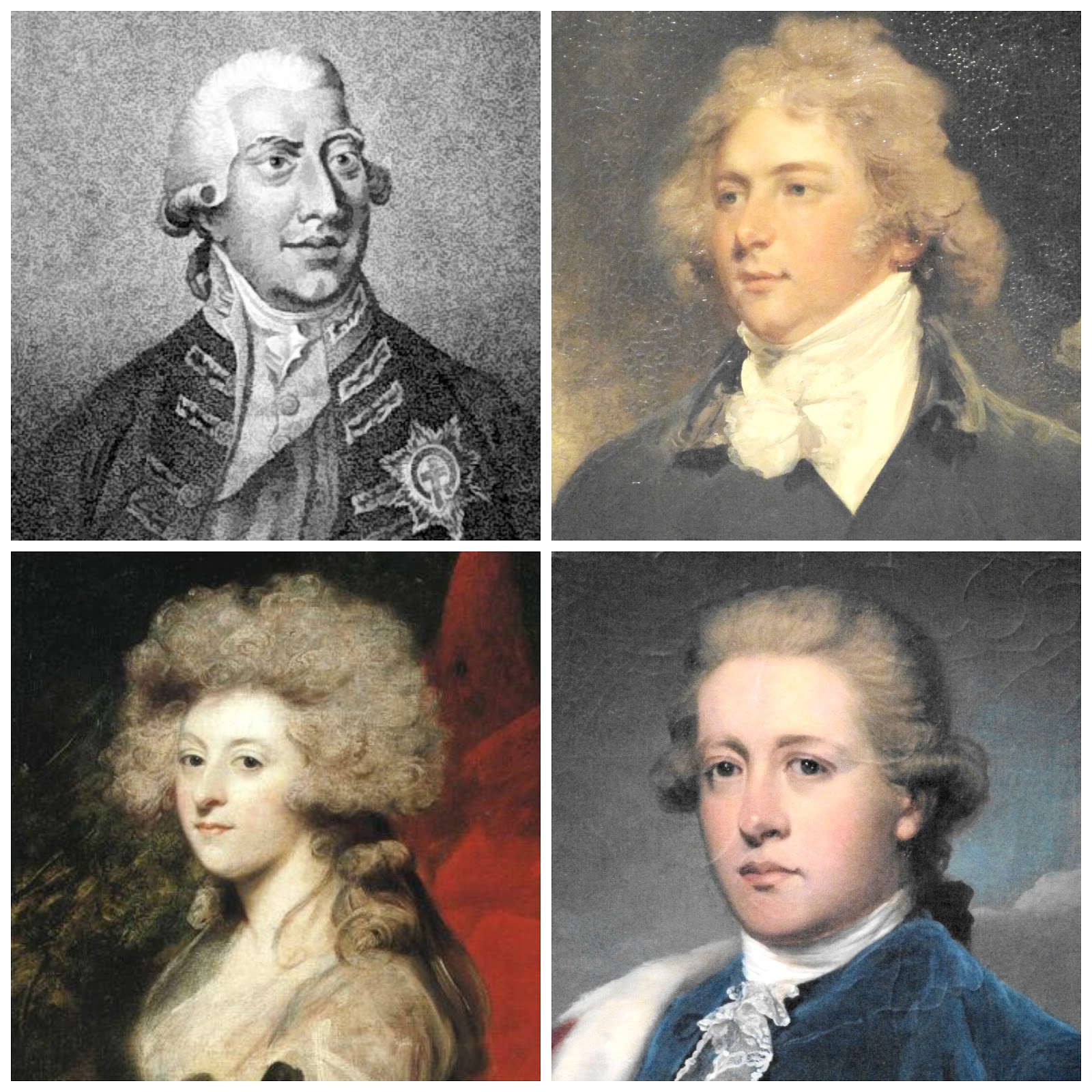
Regency History Hair Powder And Pomatum
The upcoming weekend will be spent in the 18th century and I thought it called for making this hair powder Updated recipe 375 g corn starch 47 g Orris root 60 ml Dolomit Corn starch was used for hair powder in the 18th century, though at the end and mainly in USA, but today that is readily available in food stores while I have no idea where to.
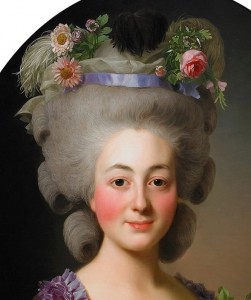
Hair powder 18th century. Powder was not just a fashion adopted by the few;. Did you scroll all this way to get facts about 18th century hair powder?. During 18th Century America, powdered wigs became the new trending fashion statement!.
By the 18th century, the Periwig had arrived Wigs were expensive and, like the clothing of the time, wealth was shown with use of expensive materials and colour White was an expensive colour for wigs, so, if you couldn’t afford a white wig, you powdered it white Obviously with much darker hair, the white powder turned the wig grey instead. Powder was used almost as a dry shampoo;. 18th Century men wore wigs for formal events, or, for informal occasions, hair was worn long and powdered, brushed back from the forehead and tied back at the nape of the neck with a black ribbon Introduced by Frederick William I for “the convenience of the soldiers” of his army, this “tie wig” is the style most usually associated with.
Luxuriant hair was a status symbol among the European upper classes in the 17th and 18th centuries;. Her natural brunette color is just showing through the powder Big hair was considered stylish for less formal wear, which I believe was true of those in the 18th century July 22, 14 at 1215 PM. The hair was in synchrony with the "Rococo" style, which was the most important one until the end of the century It was an artistic style in which curves "s" shaped predominated, with asymmetries, emphasizing the contrast;.
Powder was not just a fashion adopted by the few;. Well you're in luck, because here they come There are 87 18th century hair powder for sale on Etsy, and they cost $13 on average The most popular color?. Re 18th century pomade and powder Part of the fun of having this much hair is doing wacky and slightly illadvised things to it on occasion This turned out way better than the time I used coconut milk as a prewash.
Powdered wigs (men) and powdered natural hair with supplemental hairpieces (women) became an essential for full dress occasions and continued in use until almost the end of the 18th century The elaborate form of wigs worn at the coronation of George III in 1761 was lampooned by William Hogarth in his engraving Five Orders of Periwigs. Its use was widespread throughout most of the 18th century and not to use it was seen as a breach of social etiquette In her novel, The Sylph, published in 1778, Georgiana Cavendish, Duchess of Devonshire, wrote “Monsieur bowed and shrugged, just like an overgrown monkey. 18th Century men wore wigs for formal events, or, for informal occasions, hair was worn long and powdered, brushed back from the forehead and tied back at the nape of the neck with a black ribbon Introduced by Frederick William I for “the convenience of the soldiers” of his army, this “tie wig” is the style most usually associated with.
The Hair Powder Tax was introduced in 1795 by "Independent Whig" William Pitt The Whig party (no connection to the wearing of wigs) was a political party from 1680’s to the 1850’s and a rival to the Tory party The wearing of periwigs – wig for short, became very fashionable during the 17th and 18th Century But as with a lot fashion. By the end of the century, the elaborate white wigs and powder had become more associated with older, less fashionable men Continuous taxation on hair powder by governments keen to raise funds had also hit the industry hard William Pitt the Younger placed a sales tax on hair powder in 1786, at a variable rate. Throughout history, countless bizarre fashion trends have come and gone, each one more unique than the last Among them is the extravagant, perfectly coiffed powdered wig — a symbol of status,.
Fashion during the 18th Century was unique and overstated Successful, wealthy men were often seen in midlength wigs with the hair pulled back in a ponytail The color of the powdered wigs was most commonly white or light grey Powdered wigs during this time were associated with social status, much like they. It covered up either the natural greasiness of one’s hair or in this instance to create more of a binding agent when styling a wig If you have any questions or would like to do an 18th century hair or makeup demo at your site, contact Vivian at vunhingedhistory@gmailcom. The Duty on Hair Powder Act 1795 (35 Geo III, c 49) was an Act of the Parliament of Great Britain levying a tax on hair powder The tax was used to finance government programs, especially wars with France in the late 1700s and early 1800s The Act was repealed in 1869 The Act stated that everyone wishing to use hair powder must, from 5 May 1795, visit a stamp office to enter their name and.
It covered up either the natural greasiness of one’s hair or in this instance to create more of a binding agent when styling a wig If you have any questions or would like to do an 18th century hair or makeup demo at your site, contact Vivian at vunhingedhistory@gmailcom. Powdered wigs (men) and powdered natural hair with supplemental hairpieces (women) became an essential for full dress occasions and continued in use until almost the end of the 18th century The elaborate form of wigs worn at the coronation of George III in 1761 was lampooned by William Hogarth in his engraving Five Orders of Periwigs. Hair and Hairdos of the 18th Century I often encounter the question of which hairdos would be suitable for the 18th century, whether a wig was necessary, what to use for poweder etc Some of the questions, at least for ladies, are answered here , but the source for that isn't contemporary and therefore should be treated with care.
I've noticed that in 18th century, people always had white or really light colored hair in paintings and portraits Hardly anyone had dark hair And whenever women didn't wear wigs, they have either blonde or dirty light blonde or ash gray hair (nothing too close to being a brunette) in paintings Did they use powder to keep it a lighter shade?. A hairdresser or personal valet added the powder, which was freshly applied every morning, or each time a wig was donned The combination of lard and powder produced rigid curls and stiff hair styles Powder made hairstyles heavier as much as two pounds heavier for the large periwigs popular until the 1730s A few households featured ‘powder rooms’ a small room set aside for the application of powder. Wigs in the s were normally crafted using horse, goat, or human hair According to historians, wigs made from animal hair were especially hard to keep clean and attracted lice Hair powder consisted of flour or starch and could be dyed various colors depending on an individual’s wants or.
Hair was still curled, moving towards ringlets, but not in such elaborate, tall styles, but instead kept closer to the face A more natural look was once again appreciated Hair was still coloured, but rather than using powder, more permanent dye was developed using oils, pitch, nuts, saffron, and other natural products. I've noticed that in 18th century, people always had white or really light colored hair in paintings and portraits Hardly anyone had dark hair And whenever women didn't wear wigs, they have either blonde or dirty light blonde or ash gray hair (nothing too close to being a brunette) in paintings Did they use powder to keep it a lighter shade?. The Duty on Hair Powder Act 1795 (35 Geo III, c 49) was an Act of the Parliament of Great Britain levying a tax on hair powder The tax was used to finance government programs, especially wars with France in the late 1700s and early 1800s The Act was repealed in 1869 The Act stated that everyone wishing to use hair powder must, from 5 May 1795, visit a stamp office to enter their name and.
The Duchess of Beaufort, above left, is going for the height of formal hair, with a very large hair style given a dusting of pale powder;. Hair powder was originally used mostly as a degreaser White haired wigs were popular because they were expensive and rare, and so men and women began (in the early 18th century) to use white powder to color their wigs and hair, as it was less destructive than dye. Baldness consigned an egghead to public ridicule One way that men became bald was by inheriting the hair loss gene through their mother's line Another way was to have a tumble in the sheets with the wrong kind of person.
Hair Powder Dr Jean Lemaire, who appears in Valley of the Shadow, looks very much like this portrait Hair Powder French Outfit Character And Setting Paintings I Love British Army Looking Back Pretty Boys 18th Century Character Inspiration More information Saved by Joan Hochstetler. BLACK FRIDAY Vegan Organic Wheat Starch For Hair Powder Dry Shampoo 18th Century Hair Powder No Poo DIY Historical Hair Powder Hair Pomade $ 850 Black Friday A Fine Horn Comb Historical Gentleman's Historical Gift Hair Powder Comb Dry Shampoo Comb Vintage Gentleman Comb $ 800 BLACK FRIDAY 18th Century Blue Hair Powder Charles Fox. In the 18th century, both men and women's wigs were powdered in order to give them their distinctive white or offwhite color Wig powder was made from finely ground starch that was scented with orange flower, lavender, or orris root Wig powder was occasionally colored violet, blue, pink or yellow, but was most often used as white.
Why Did Men Wear Wigs in the 18th Century?. The powder was blown over the head with a kind of bellows, while the person protected their face, as shown in the illustration from 1768 at the head of this post Wigs and ladies’ haircushions would certainly collect fleas, lice and other vermin over time, but had the advantage that they could be taken away and boiled when the problem became too bad. The American Duchess Guide to 18th Century Beauty 40 Projects for PeriodAccurate Hairstyles, Makeup and Accessories More information Follow easy recipes to make 18th century hair powder, pomade, rouge, and more in The American Duchess Guide to 18th Century Beauty.
Powder was used almost as a dry shampoo;. This short video will walk you through the steps of how to use LBCC Historical powder to get powdered hair which was popular in the 18th century but also handy for Halloween and steampunk. Women in the 18th century did not wear wigs, but wore a coiffure supplemented by artificial hair or hair from other sources Women mainly powdered their hair grey, or blueish grey, and from the 1770s onwards never bright white like men Wig powder was made from finely ground starch that was scented with orange flower, lavender, or orris root.
Re 18th century pomade and powder Part of the fun of having this much hair is doing wacky and slightly illadvised things to it on occasion This turned out way better than the time I used coconut milk as a prewash. Powdered hair Most people know that they powdered their hair white in the 18th century, but that wasn’t the only colour that was used, though it was the most common Hair that has been powdered white doesn’t get white, it gets grey, more or less dark depending on your natural hair colour. Hair and Hairdos of the 18th Century I often encounter the question of which hairdos would be suitable for the 18th century, whether a wig was necessary, what to use for poweder etc Some of the questions, at least for ladies, are answered here , but the source for that isn't contemporary and therefore should be treated with care.
Wigs in the s were normally crafted using horse, goat, or human hair According to historians, wigs made from animal hair were especially hard to keep clean and attracted lice Hair powder consisted of flour or starch and could be dyed various colors depending on an individual’s wants or. Luxuriant hair was a status symbol among the European upper classes in the 17th and 18th centuries;. I've noticed that in 18th century, people always had white or really light colored hair in paintings and portraits Hardly anyone had dark hair And whenever women didn't wear wigs, they have either blonde or dirty light blonde or ash gray hair (nothing too close to being a brunette) in paintings Did they use powder to keep it a lighter shade?.
Why Did Men Wear Wigs in the 18th Century?. You guessed it beige. To change the colour of the hair with the help of powder wasn’t something invented inthe 18th century, but it was then it reached heights never seen before The shiny fancy dress white wigs that many connect with the 18th century is an invention of the 19th century and when the silent movie came along, they adopted it.
Most people know that they powdered their hair white in the 18th century, but that wasn’t the only colour that was used, though it was the most common Hair that has been powdered white doesn’t get white, it gets grey, more or less dark depending on your natural hair colour. The ideal 18thcentury eyebrow was thin, halfmoon shaped with tapered ends, and conspicuously dark Eyebrows could be darkened with lead, kohl, burnt cork, elderberry juice, or the soot from oil lamps If someone had lost their eyebrows from excessive plucking, they could always stick on a pair of false eyebrows made of mouseskin. Near 1715, wigs started to be powdered Families had special rooms for "toilette", where they arranged and powdered their artificial hair Wigs were powdered with starch or Cyprus powder To powder wigs, people used special dressing gowns, and covered their faces with a cone of thick paper.
Makeup in the 18th and 19th century In the 1800s, women would apply belladonna on their eyelashes despite knowing that this substance is poisonous In the 1850s, George IV invested most of his money on cosmetics, buying all sorts of cream, powder, and fragrance. Makeup in the 18th and 19th century In the 1800s, women would apply belladonna on their eyelashes despite knowing that this substance is poisonous In the 1850s, George IV invested most of his money on cosmetics, buying all sorts of cream, powder, and fragrance. Men of fashion began to wear short and more natural hair at the end of the 18th century, sporting cropped curls and long sideburns in a classical manner much like Grecian warriors and Roman senators Before this period, a balding Louis XIII had made powdered wigs popular at the French court and consequently throughout Europe.
Men's wigs were very popular in the 18th century and were an essential part of fulldress occasion right up to the last decade of that century Most men powdered their wigs to give them a white or offwhite colour, although sometimes men used coloured powder to make their wigs look violet, blue, pink or yellow. This short video will walk you through the steps of how to use LBCC Historical powder to get powdered hair which was popular in the 18th century but also handy for Halloween and steampunk. The ideal 18thcentury eyebrow was thin, halfmoon shaped with tapered ends, and conspicuously dark Eyebrows could be darkened with lead, kohl, burnt cork, elderberry juice, or the soot from oil lamps If someone had lost their eyebrows from excessive plucking, they could always stick on a pair of false eyebrows made of mouseskin.
A dynamic and brilliant style, where the forms played integrating a harmonious and elegant movement. The Duchess of Beaufort, above left, is going for the height of formal hair, with a very large hair style given a dusting of pale powder;. The 18th Century Collection – Our Historically Constructed Wigs We’ve spent years researching and learning techniques and practices used by 18th century wig makers, in order to design and execute historical wigs that are as close to those worn by men of the era We invite you to take a look at these special pieces on our 18th Century Wigs.
Indeed, the liberal use of such flour for hair powder in the middle of the 18th century in England was blamed for producing bread shortages!. By the 18th century, the Periwig had arrived Wigs were expensive and, like the clothing of the time, wealth was shown with use of expensive materials and colour White was an expensive colour for wigs, so, if you couldn’t afford a white wig, you powdered it white Obviously with much darker hair, the white powder turned the wig grey instead. Men typically used white or gray hair powders whereas most women wore an offwhite color, although in England, eighteenth century women tended to powder their hair either with colors of gray or bluish gray, and, after the 1700s, English women also generally never wore the brilliant white so often associated with gentlemen In addition, women’s hair powders could also be found in variety of pastel colors such as violet, blue, or pink and often contained scents such as lavender, roses.
By the late 18th century, the trend was dying out French citizens ousted the peruke during the Revolution, and Brits stopped wearing wigs after William Pitt levied a tax on hair powder in 1795. The upcoming weekend will be spent in the 18th century and I thought it called for making this hair powder Updated recipe 375 g corn starch 47 g Orris root 60 ml Dolomit Corn starch was used for hair powder in the 18th century, though at the end and mainly in USA, but today that is readily available in food stores while I have no idea where to. Wwwlitttlebitsetsycom This video shows you how I styled and powdered my short hair for a 18th century photo shoot we did for the holidays Also sneak peek of new products and new 18th c.
Men of fashion began to wear short and more natural hair at the end of the 18th century, sporting cropped curls and long sideburns in a classical manner much like Grecian warriors and Roman senators Before this period, a balding Louis XIII had made powdered wigs popular at the French court and consequently throughout Europe. There was plenty of teetering hair but it was often real, with wigs generally worn only by 18thcentury men Ladies and gents alike achieved their fashionable pale hair colour by applying hair powder, which was made from flour or starch and puffed onto the head with a pair of bellows a device constructed to furnish a strong blast of air. Adding on to what has already been well covered in reference to wigs being worn by the military, hair care in the 18th century for everyone consisted of pomade and powder Now, it's not the obscene amount of powder which turns the hair completely white that we're talking about Think of it more like a deep conditioner and a dry shampoo.
The Chevalier 18th Century Wig is $1800 We offer a wide range of flexible payment plans – you may choose to make 2, 3 or 4 payments or to spread the cost out monthly for up to 12 months Like all of our custom orders, your wig will take time to build. In India, where the hair care industry is a $33 billion business, colorants account for 18% of the overall hair category and have been growing 15% a year, according to a report by Nielsen. The Hair Powder Tax was introduced in 1795 by "Independent Whig" William Pitt The Whig party (no connection to the wearing of wigs) was a political party from 1680’s to the 1850’s and a rival to the Tory party The wearing of periwigs – wig for short, became very fashionable during the 17th and 18th Century But as with a lot fashion.
Baldness consigned an egghead to public ridicule One way that men became bald was by inheriting the hair loss gene through their mother's line Another way was to have a tumble in the sheets with the wrong kind of person. Her natural brunette color is just showing through the powder Big hair was considered stylish for less formal wear, which I believe was true of those in the 18th century July 22, 14 at 1215 PM.

The Elaborate Wig Snatching Schemes Of The 18th Century Atlas Obscura

Wig Wikipedia
1

Top Five 18th Century Hair Movies
Q Tbn And9gct67ttczc Jos9j1lbhjuv31x Udkagbqp5olyv7 B4d0lowkob Usqp Cau

Madame Isis Toilette On Hair Powder White Grey And Flaxen

18th Century Powdered Wigs 18th Century Curls Feathers Headpiece Judith Bedard Powder Victorian Hairstyles Headpiece Hair Styles
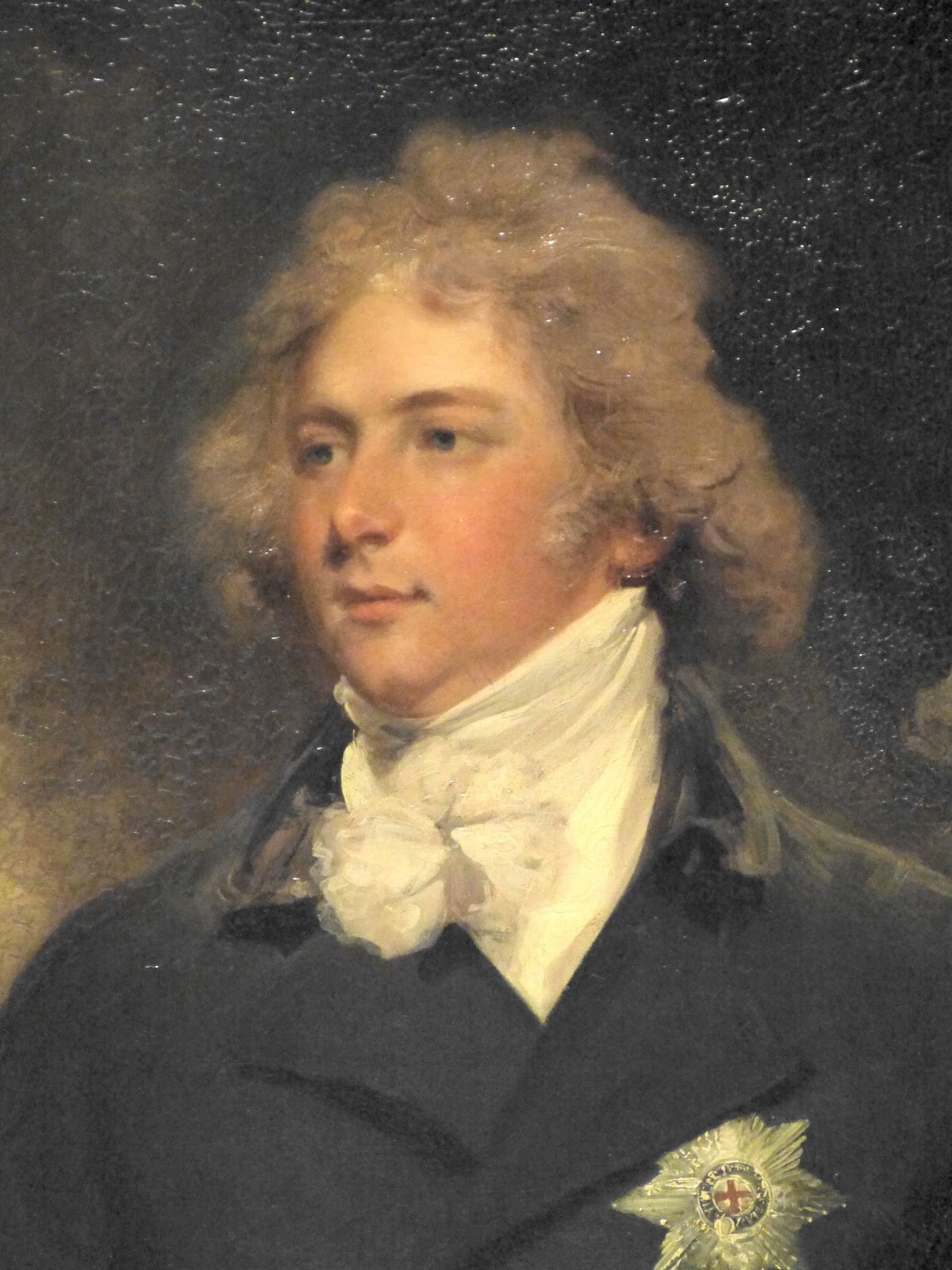
Regency History Hair Powder And Pomatum

Hair Powder History Of Its Popularity And Unpopularity Geri Walton
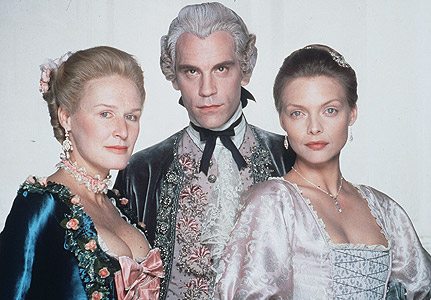
Adventures In Hair For 18th Century Gentlemen The Culture Concept Circle

Hair Powder Tumblr Posts Tumbral Com

Image 9 From Marie Antoinette 06 18th Century Blog
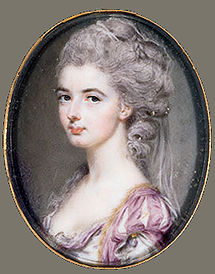
The Hair At The 18th Century Revolution Titles And Titlemax
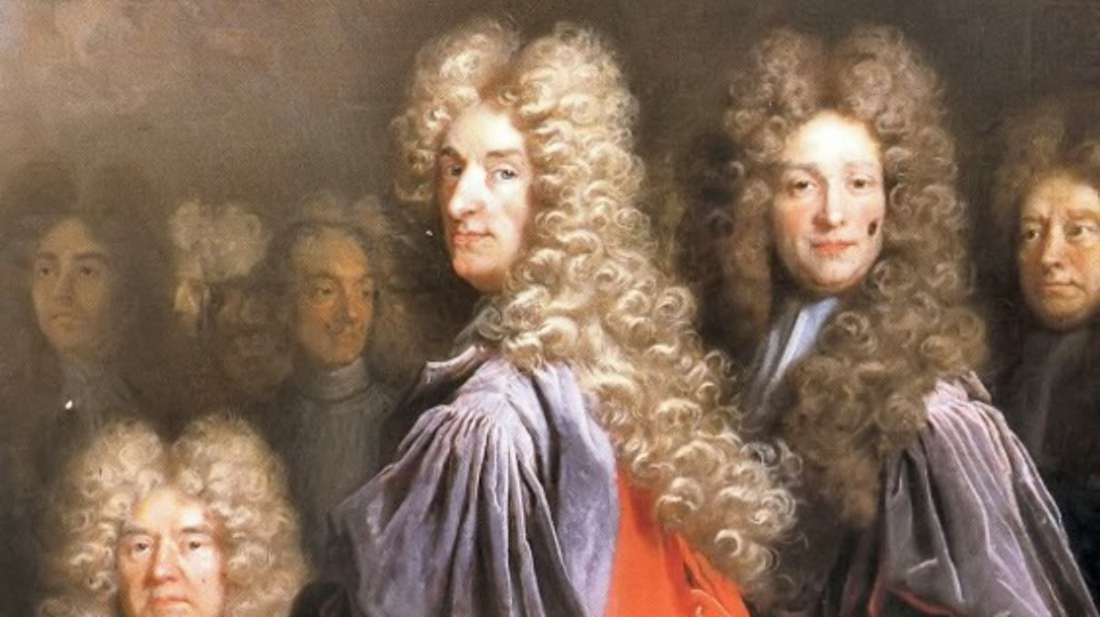
Why Did People Wear Powdered Wigs Mental Floss

Pink 1770s Hair Harlot Hair Powder Hair
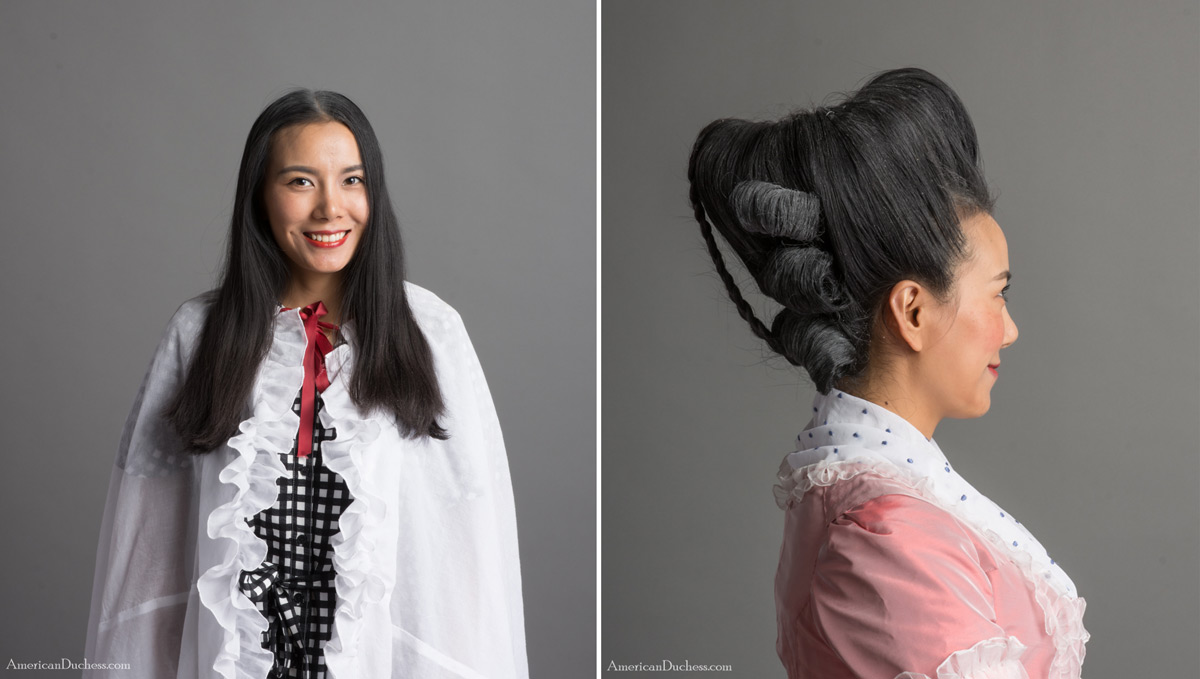
18th Century Hairstyles For Long Hair

Marie Antoinette S Gossip Guide To The 18th Century 18th Century Halloween Costume Tips

Pouf Wikipedia

It S Not A Phase Mom Silk And Sass

French School 18th Century Portrait Of A Lady With Powdered Hair For Sale At Auction On Wed 10 24 12 07 00 Important English Continental Furniture Decorations Old Master Paintings Doyle Auction House

1770s High Hair Powder Pomade Historical Hairstyles Big Hair Hair Styles
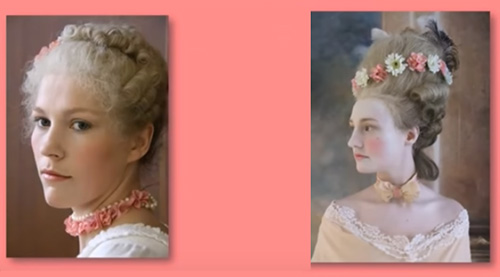
18th Century Hair And Makeup Horrors Of This Era S Makeup Nationalclothing Org

Adbeauty 18th Century Cosmetics And Hair Care Products

18th Century Court Hair And Makeup Tutorial With Live Free And Kate Fenwick Pictured Pictures Nic Loven Fashionhistory

18th Century Hair Powder Recipe Cornstarch Orris Root And Dolomite Calcium Replacing Ground Bones Hair Powder Hair Helpers Beauty Recipe

Regency History Hair Powder And Pomatum
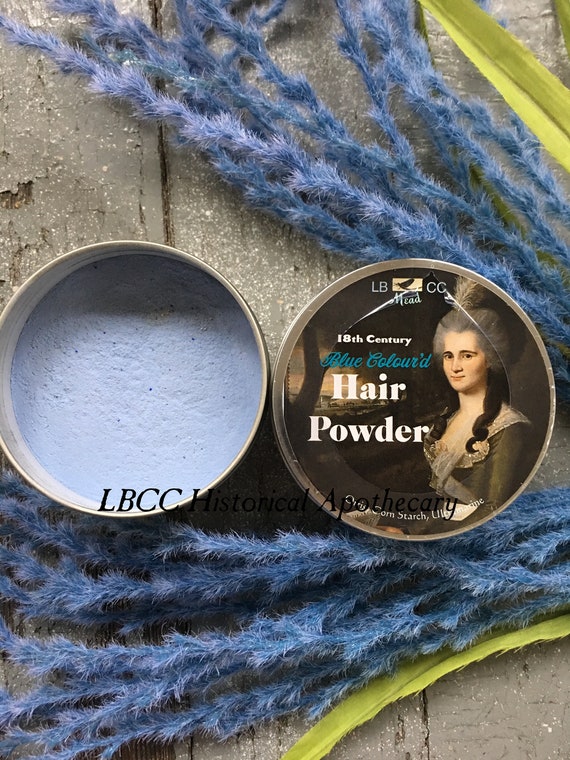
18th Century Blue Hair Powder Charles Fox Washout Hair Color Etsy
Madame Isis Toilette Coloured Hair Powder

Two Nerdy History Girls The Truth About The Big Hair Of The 1770s Part One

Historical Styles 18th Century Hair Tutorial Youtube

Women S Hairstyles Cosmetics Of The 18th Century France England 1750 1790 Demode
3

Hair Powder History Of Its Popularity And Unpopularity Geri Walton

The Rise And Fall Of The Powdered Wig American Battlefield Trust
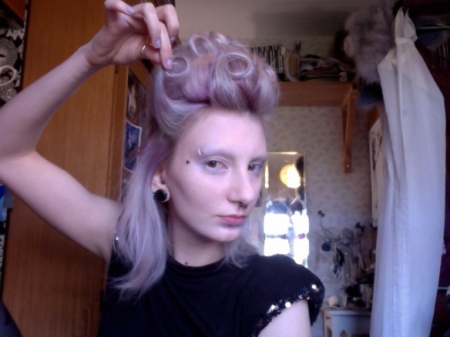
Teeze And Curl All You Need To Know For Faking 18th Century Style Hair Fuchsia S 18th Century Dress

Beau Brummell Was A 19th Century Fashion Icon For Men
Why Did Men Wear Powdered Wigs In The 18th Century Quora
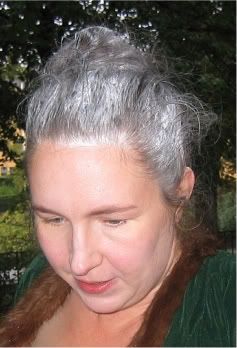
Isis Wardrobe White Skin And Powdered Hair

Gold And Silver Hair Powders For Fashionable Victorian Coiffures Author Mimi Matthews

Powder Puff Comparison 8th The King S Regiment Light Coy

Why Did So Many People Wear Wigs In The 18th Century
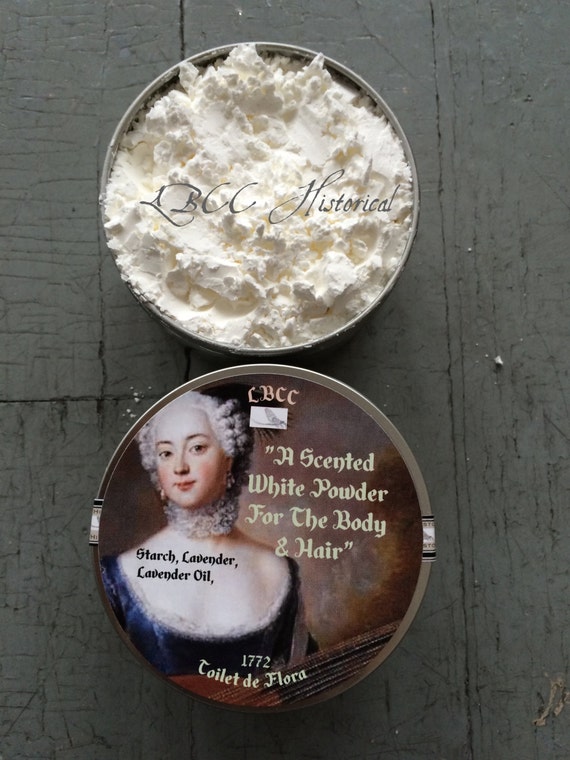
Vegan White 18th Century Lavender Scented Hair And Face Powder Etsy

7dfdfv By Rbrtbwrg Issuu

Gold And Silver Hair Powders For Fashionable Victorian Coiffures Author Mimi Matthews
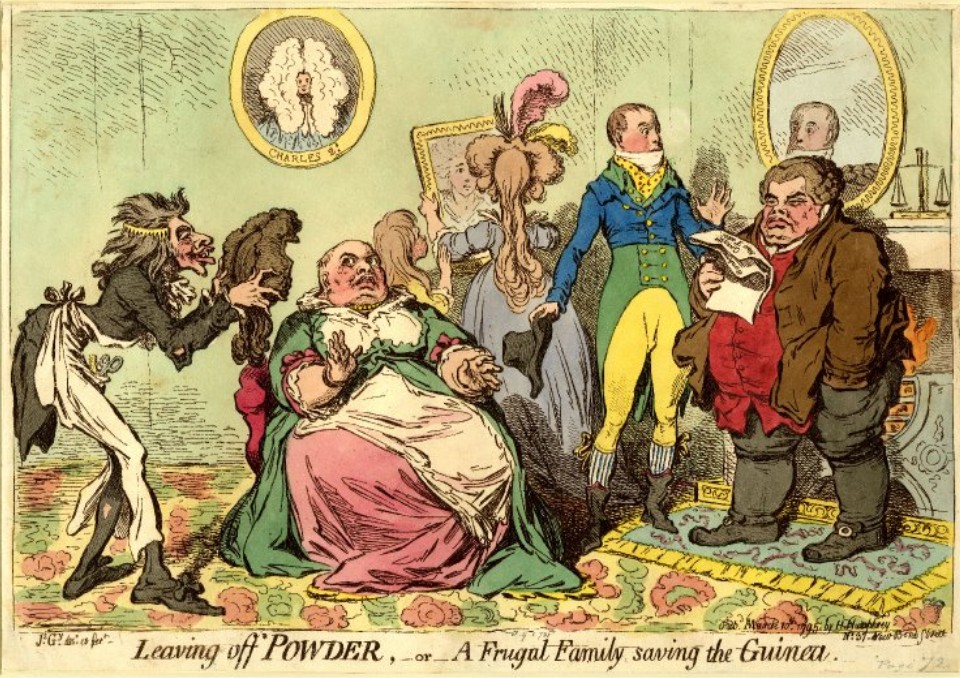
Regency History Hair Powder And Pomatum

Victorian Golden Hair Powder Tutorial Youtube

Women S Hairstyles Cosmetics Of The 18th Century France England 1750 1790 Demode

Time Traveling 18th Century Dinner Party Studio Quirk

The 22 Best Met Gala Hairstyles In History

In The 18th Century The Wig Made The Man Silive Com

Women S Hairstyles Cosmetics Of The 18th Century France England 1750 1790 Demode
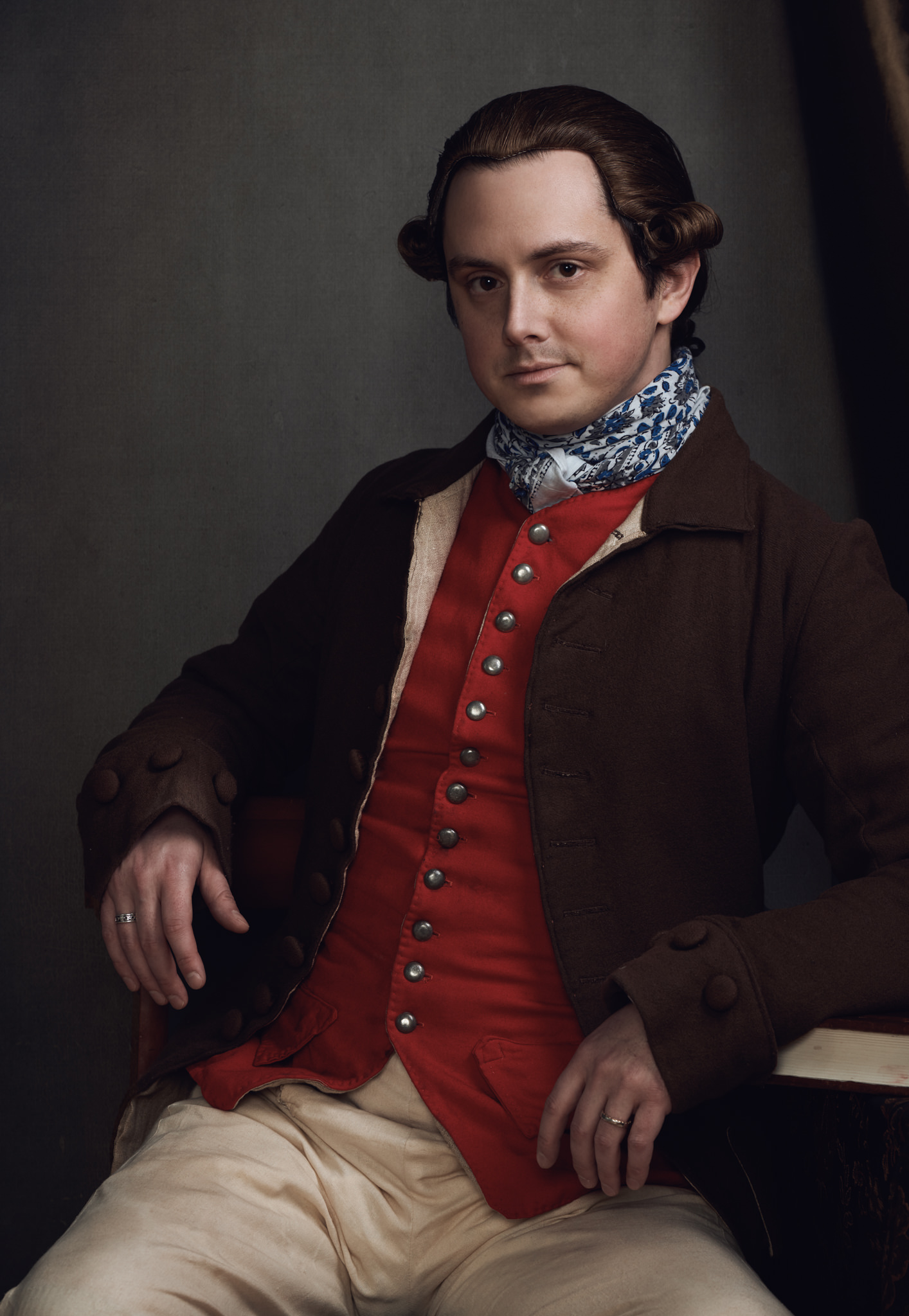
The Esquire 18th Century Wig Custom Wig Companycustom Wig Company

Hair Powder History Of Its Popularity And Unpopularity Geri Walton

What Were The Powdered Wigs From The 1700s Made Of And What Was The Powder That Was Used Quora

Isis Wardrobe

18th 19th Century Hair Powders Needleworking History

18th Century Pink Hair Powder Blush Powder Vegan Rose Petals Etsy
/https://public-media.si-cdn.com/filer/d4/fe/d4fe320c-5f02-4c0c-b3c6-6e665a6daa77/42-27767810.jpg)
How George Washington Did His Hair Smart News Smithsonian Magazine
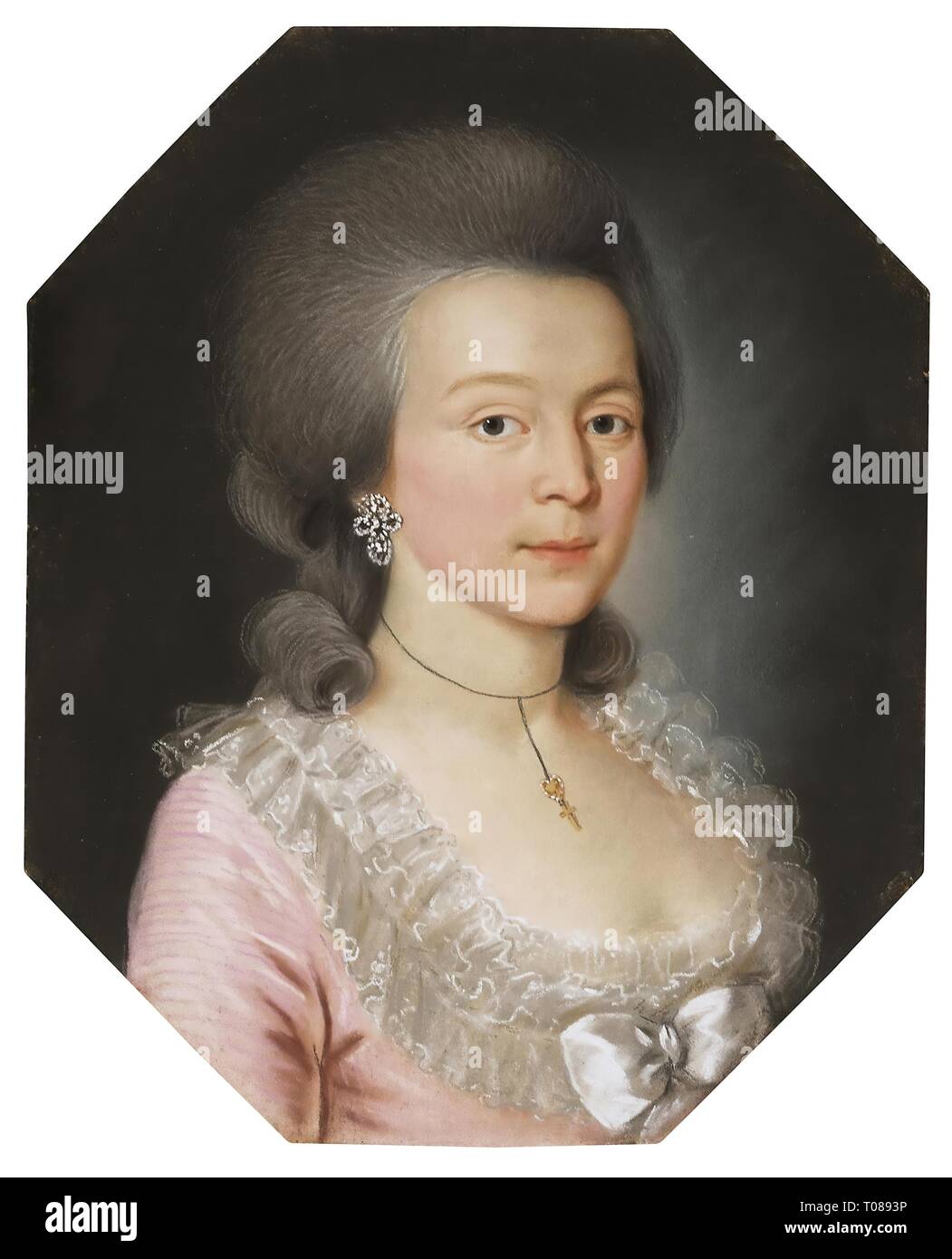
Portrait Of A Young Woman In A Powdered Wig Germany 10s Dimensions 29x23 Cm Museum State Hermitage St Petersburg Author Anonymous Artist 18th Century Stock Photo Alamy

Hairstyle Wikipedia

The Raucous Royals Off To The Powder Room 18th Century Style

Hair History 18th Century Baroque Youtube

The Secrets To 18th Century Beauty Recipes 8th The King S Regiment Light Coy
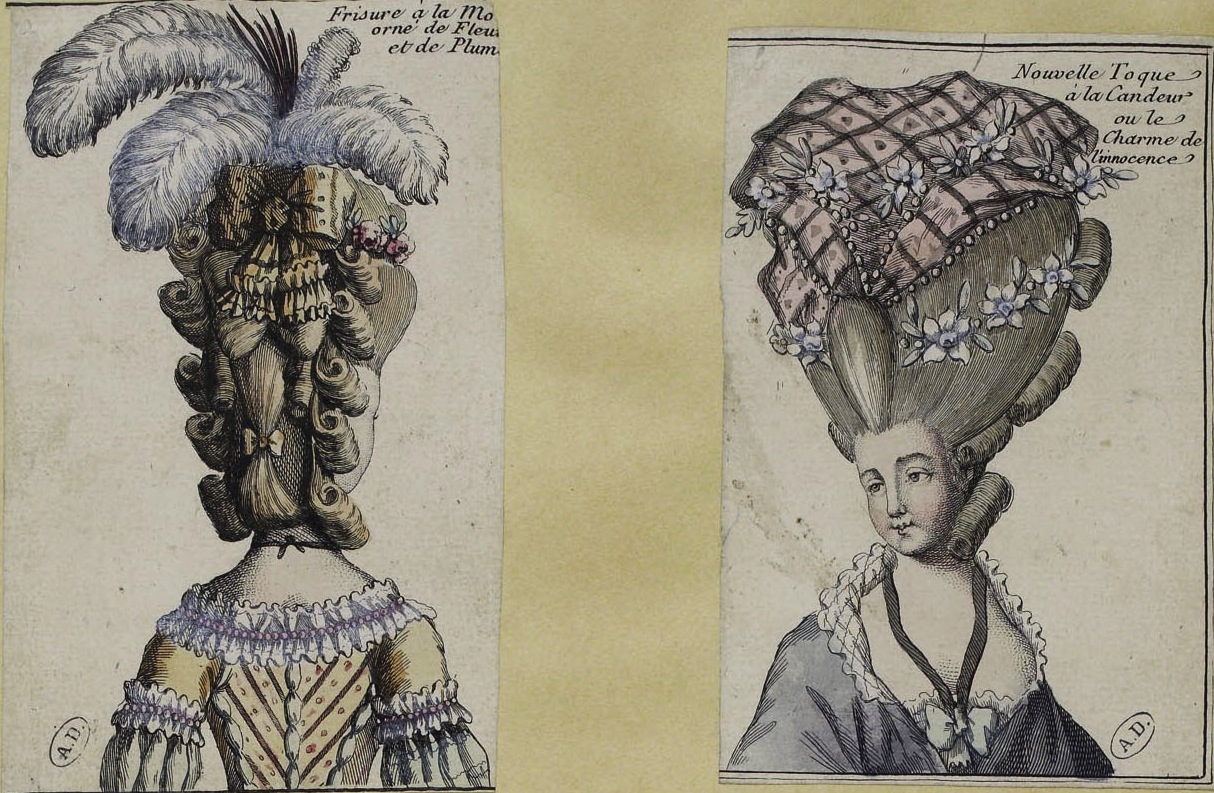
Women S Hairstyles Cosmetics Of The 18th Century France England 1750 1790 Demode

Hair Powder Tax All Things Georgian

18th Century Pink Hair Powder 18th Century Fashion Historical Fashion 18th Century Paintings

Perukes Pomade And Powder Hair Care In The 1700s Lives Legacies

Wig Wikiwand

Georgian Hair Care Pomades Pen And Pension

Austrian School 18th Century A Portrait Of A Lady With Powdered Hair In A Brown Silk Dress With A Blue Bow In The French Taste Mutualart

18th Century Hair Styling Michele Quigley

Adbeauty 18th Century Cosmetics And Hair Care Products
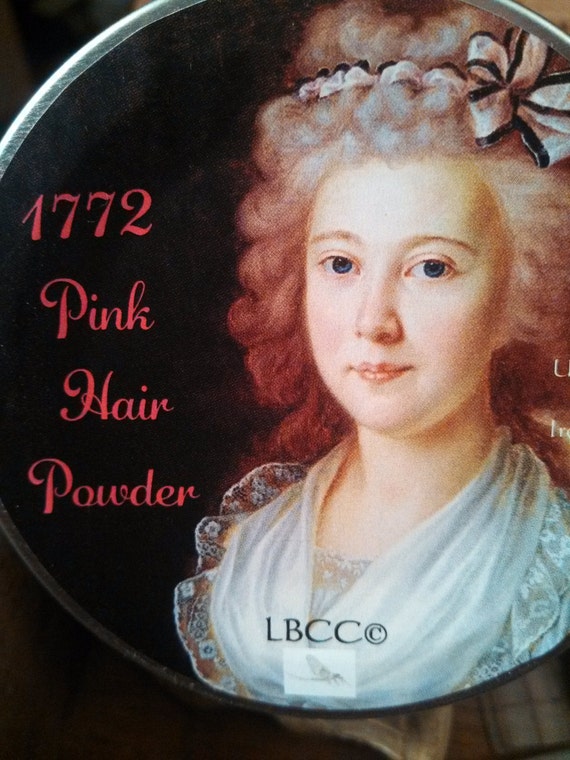
Vegan Friendly 18th Century Pink Hair And Blush Powder Etsy

It S Not A Phase Mom 18th Century Paintings Artwork Disney Images

Did Rococo Wigs Really Have Mice Historyrevealed Com

Two Nerdy History Girls The Truth About The Big Hair Of The 1770s Part One

Perukes Pomade And Powder Hair Care In The 1700s Lives Legacies
3

Hair Raising Facts About Colonial Wigs Halloween Express

Why Did So Many People Wear Wigs In The 18th Century

The Rise And Fall Of The Powdered Wig American Battlefield Trust
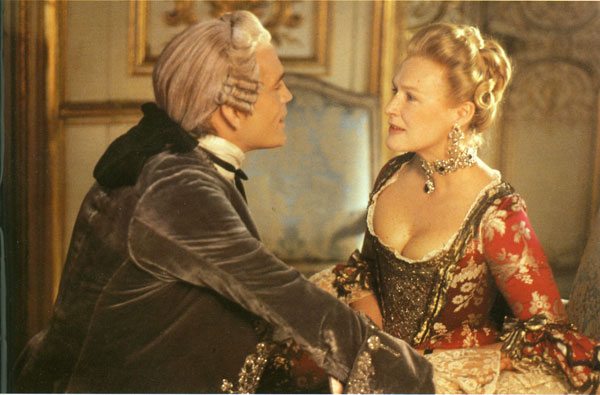
Adventures In Hair For 18th Century Gentlemen The Culture Concept Circle

Women S Hairstyles Cosmetics Of The 18th Century France England 1750 1790 Demode
/https://public-media.si-cdn.com/filer/4a/ad/4aad4597-39c6-4bc5-b21c-c143b5087ff3/screen_shot_2016-01-05_at_33656_pm.png)
Create Your Own Delightful Excessive Version Of 18th Century Women S Hairstyles Smart News Smithsonian Magazine
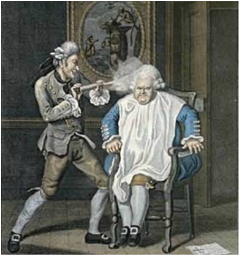
59 Strange Taxes 5 Duty On Hair Powder The Branches Of My Tree

Dry Shampoo What Is It And Why You Should Steal It From Your Girlfriend Gq

Historical Fashion Georgian Men S Hairstyles Just History Posts
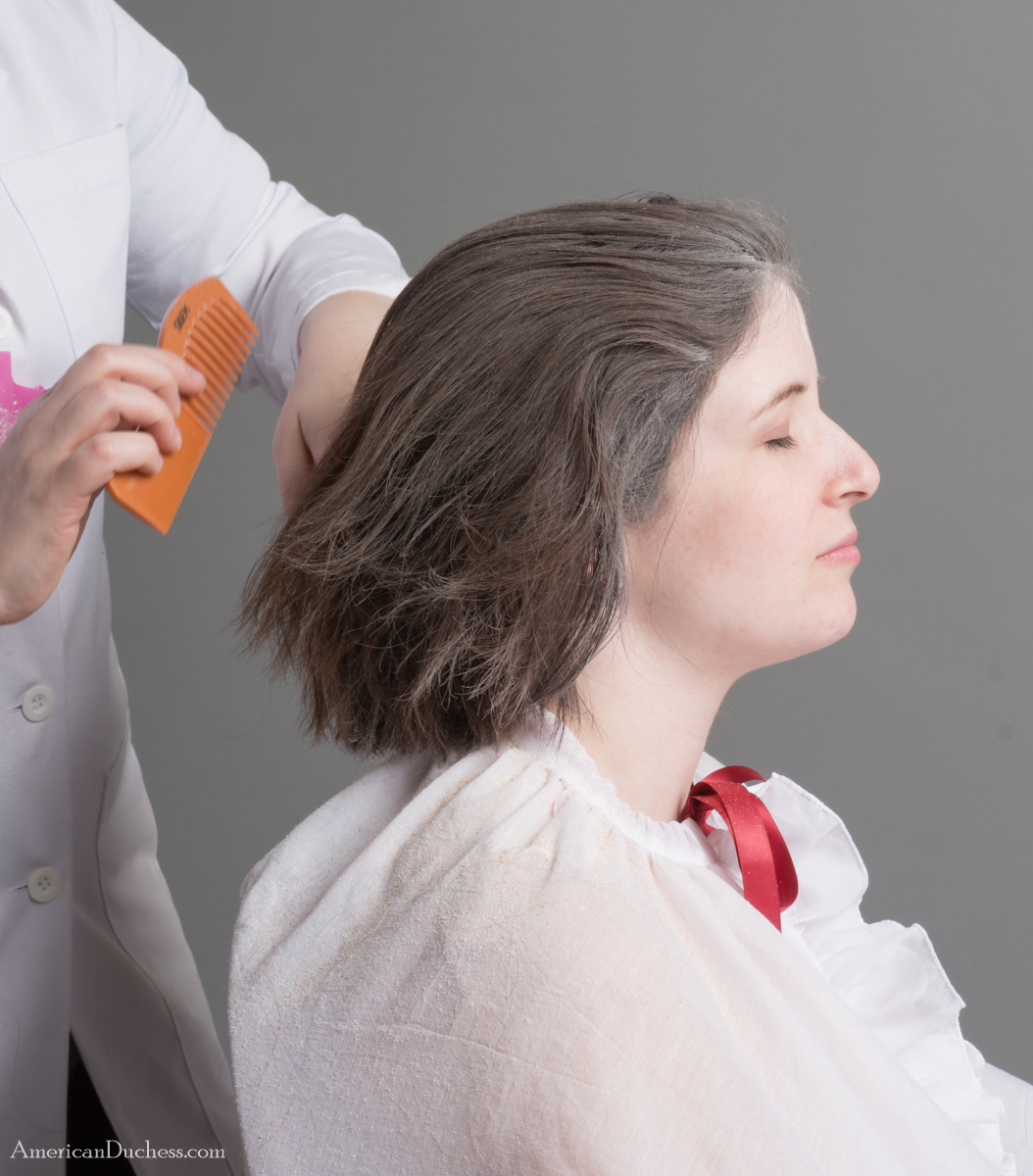
18th Century Hairstyles For Short Hair

The Secrets To 18th Century Beauty Recipes 8th The King S Regiment Light Coy
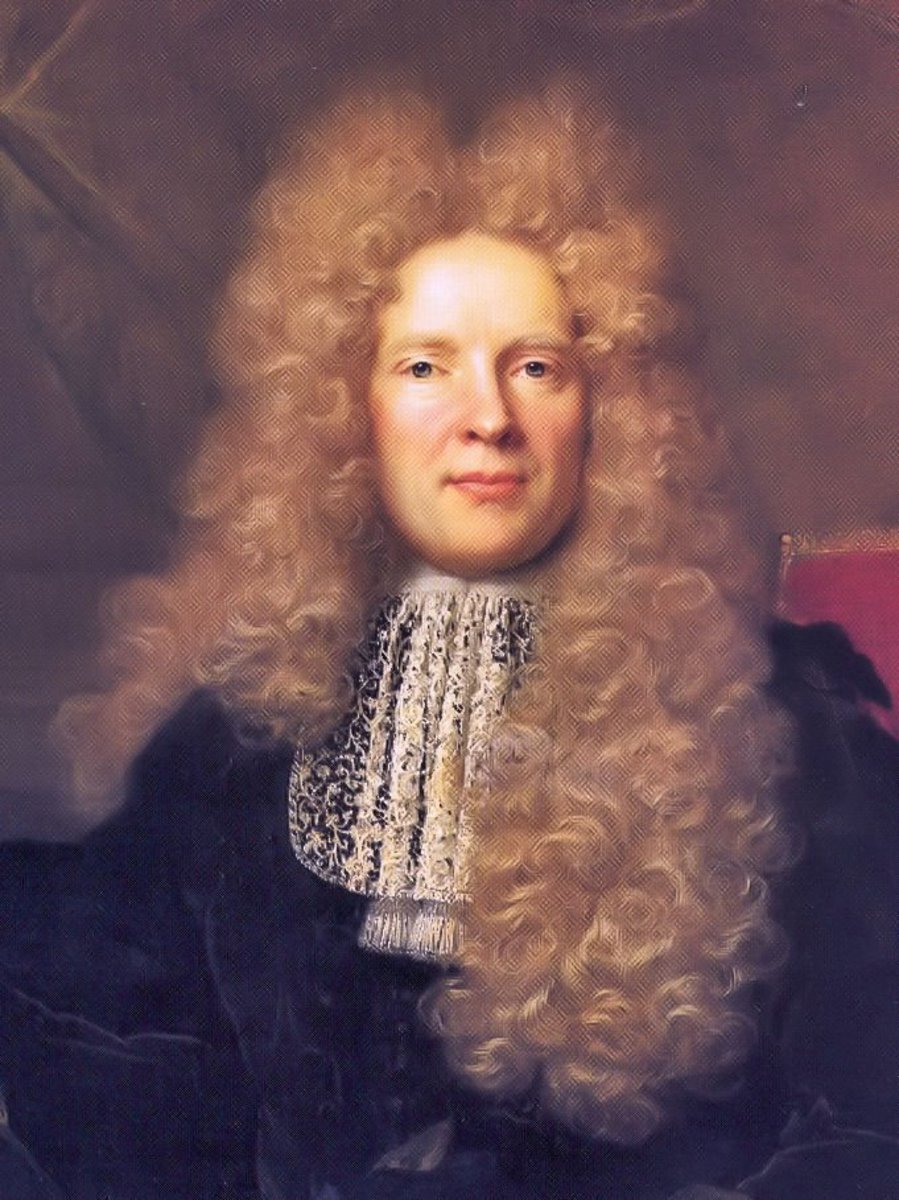
Men In Powdered Wigs Bellatory Fashion And Beauty
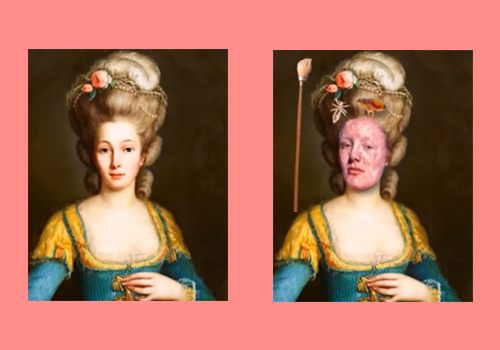
18th Century Hair And Makeup Horrors Of This Era S Makeup Nationalclothing Org

Pin On Lbcc Historical Beauty Apothecary
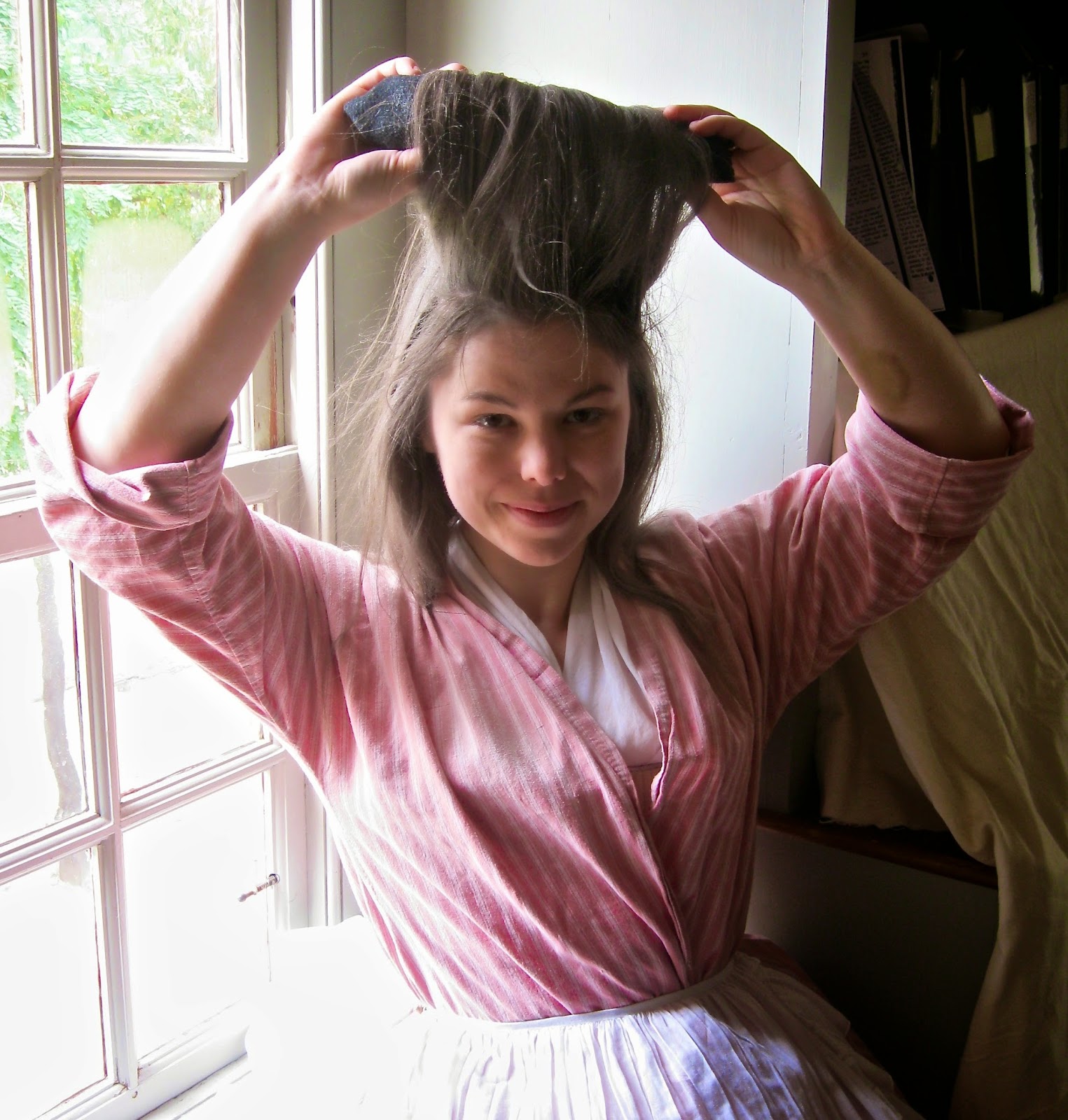
Two Nerdy History Girls The Truth About The Big Hair Of The 1770s Part Ii How They Did It
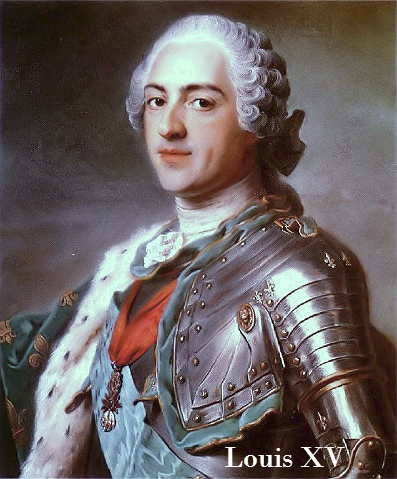
The Hair At The 18th Century Revolution Titles And Titlemax

Pin On 1700 17 Fashion
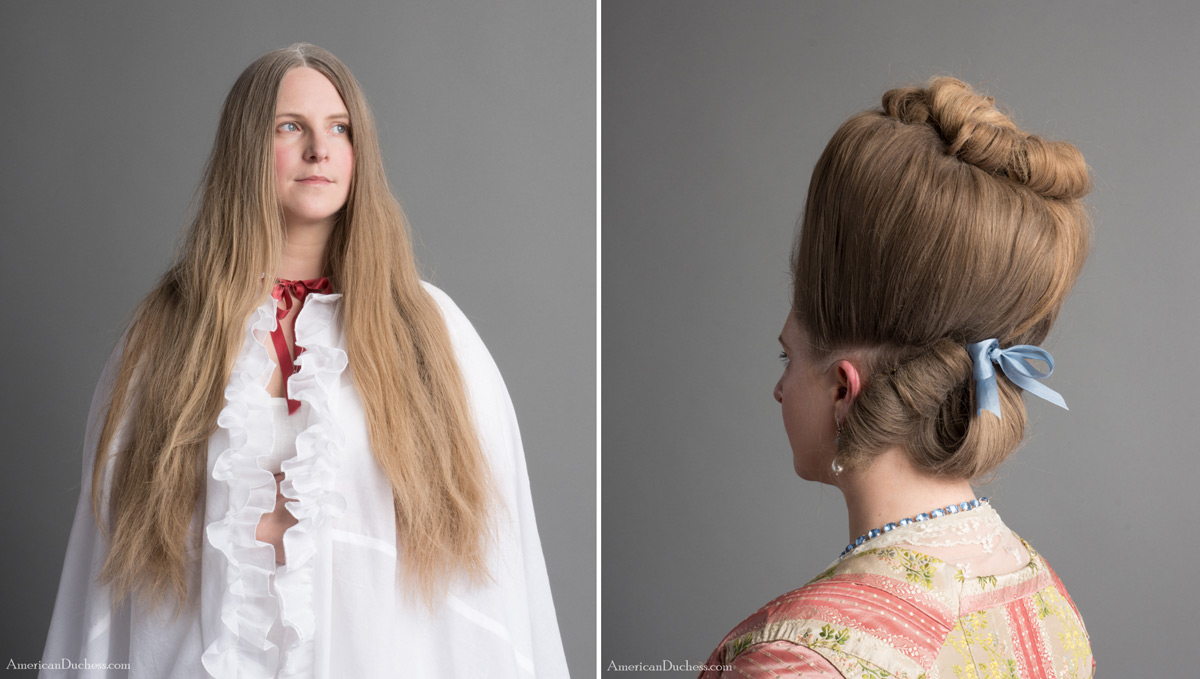
18th Century Hairstyles For Long Hair
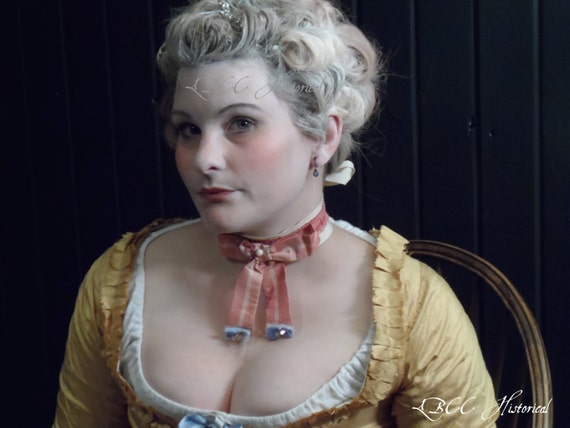
18th Century White Hair And Face Powder Scented With Lavender Etsy

18th Century Hair Powders White Mareschal Or Pink Rose Submitting To Chaos



